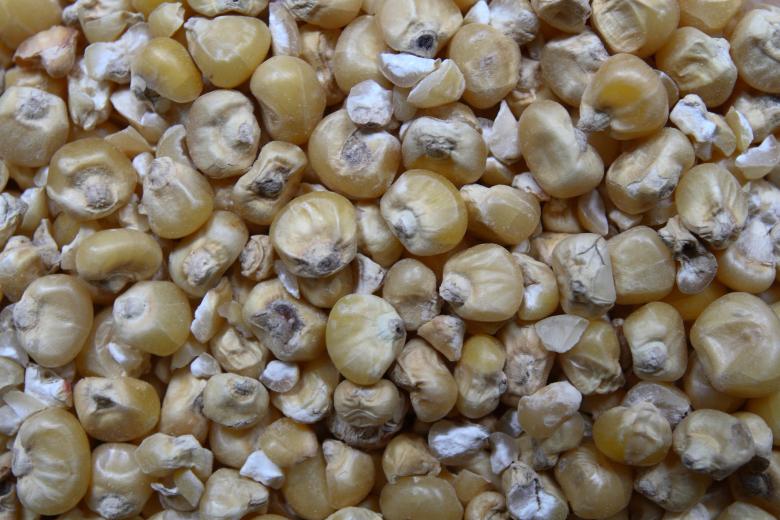The Swiss AOP products you never knew existed
Switzerland boasts 23 different agricultural products that have been awarded the coveted AOP label, which denotes their protected designation of origin (also known internationally as PDO; actual labels in Switzerland show AOP: appellation d’origine protégée in French). Some are already well known, such as Gruyère and Raclette cheese, but others less so, such as saffron from Mund and spiny cardoons from the canton of Geneva.
What do Abricotine, Vacherin fribourgeois and rye bread from the canton of Valais all have in common? They belong to the group of 23 Swiss artisanal products that have been awarded the coveted AOP label. This official seal of quality, the aim of which is to preserve the often generations-old savoir-faire of traditional artisans, celebrated its 20th anniversary in 2017. “Before, just about anything could qualify for certain labels,” explains Alain Farine, director of the Swiss PDO-PGI Association. “Now only those specialities qualify which are produced in their region of origin and according to an authentic artisan recipe. That also reassures consumers.”
The AOP label acknowledges the craftsmanship and the quality of Swiss agricultural products. Their excellence is undeniable, according to Alain Farine. “The specialities of our regions reflect a typically Swiss satisfaction in a job well done.” The following four examples, each as surprising as the next, prove just that.
The red gold of the canton of Valais
The saffron from Mund was awarded its AOP in 2004. This village in the canton of Valais, located at 1,200 m above Brig and the Rhone valley, is the only one in Central Europe to cultivate the Crocus savitus, the purple flower from which the precious spice is extracted. Introduced in the 15th century by Spanish pilgrims, this crocus from Kashmir thrives in the sandy soil and dry climate of the region.
Every year, from the end of August, the inhabitants of Mund plant the bulbs. The harvest takes place from mid-September to November. The flowers are all picked by hand no later than three days after they have bloomed. The stigmas are separated from the flowers and dried for 48 hours. Subsequently, the precious filaments can be stored in glass jars. It takes 180 flowers to obtain one gram of saffron. The current production of saffron in Mund is equivalent to about 4 kilos per year. Much sought-after, the spice is sold directly in the village, where it embellishes several local specialities including saffron bread and saffron liqueur.

The king of Genevan vegetables
The spiny cardoon from the canton of Geneva was awarded its AOP label in 2003. It is the only Swiss vegetable to have received this accolade. It grows only in Geneva, where it was introduced by Huguenot refugees in the 17th century. Originally, the Greeks and Romans ate the cardoon: the plant, which shares a common ancestor with the artichoke, was endemic in the Mediterranean basin. In the course of time, the Geneva market gardeners selected and improved the cardoon. The spiny cardoon of Geneva is now recognised as the finest of the different varieties.
The vegetable is cultivated on seven hectares of land in the canton of Geneva, producing about 130 tonnes each year. Sown in May, the plants reach 1m50 in height and are distinguished by their sharp spines and silvery blue foliage. The cardoons reach maturity in October, when growers blanch their leaves by placing them in a bag away from light. Only the stalks of the cardoon are then consumed.

Genevan spiny cardoons are sold fresh, canned or sterilised. They are traditionally eaten at Christmas accompanied by poultry, baked in the oven with cream and grated cheese.
The pride of the Rhine valley
Ribel maize from the Rhine valley was the second Swiss product to obtain an AOP label in 2000 after L'Etivaz cheese. While maize-based specialities have traditionally been the preserve of the Italian-speaking regions, türggen, an ancient corn variety, has been cultivated since the 17th century in the Rhine valley, an area between Lake Constance and the canton of Graubünden. Probably introduced from Italy, it flourished in the local warm, humid climate. For a long time it was a staple food for the population, especially in the form of semolina. It then fell into oblivion until a local initiative enabled it to obtain the AOP label and save it. Rheintaler Ribelmais AOP is now an established product linked closely to the region.
The türggen is planted in May and harvested in the autumn. The maize is then shelled and dried before being sent to the mill. The ground maize is passed through several sifters, which separate the product according to different degrees of fineness. Semolina, middlings and flour are then obtained, which are mixed or separated to obtain Ribel maize. To cook it, it is allowed to swell, then toasted for a long time until slightly crispy. The semolina is then traditionally served with milky coffee or fruit compote.

The prized pears of Fribourg
Botzi pears have been protected by an AOP since 2007. They can be found in the region stretching from the southern shores of Lake Neuchâtel to the Alpine foothills of the canton of Fribourg. ‘Botzi’ means bunch of cherries or bunch of pears in the local dialect. The peculiarity of this small pear, which is harvested at the end of summer, is that it actually grows in bunches. It is also characterised by a pleasant flavour, with firm – and often floury – flesh. It is particularly tasty cooked, in the form of compote, in tarts or as an accompaniment to meat. It is traditionally on the menu of the Bénichon, a popular Fribourg festival marking the end of the harvest season, where it is served with lamb stew.

It is said that the Botzi pear was brought back from Italy three centuries ago by mercenary soldiers in the service of the Pontifical Swiss Guard. Its trees are hard to grow, requiring a lot of local know-how. As orchards disappeared over the years, this led to a sharp decline in the production of Botzi pears until the 1970s, when renewed interest was sparked in cultivating them. Today, the Botzi pear AOP provides work for 20 or so growers over approximately five hectares of land.






